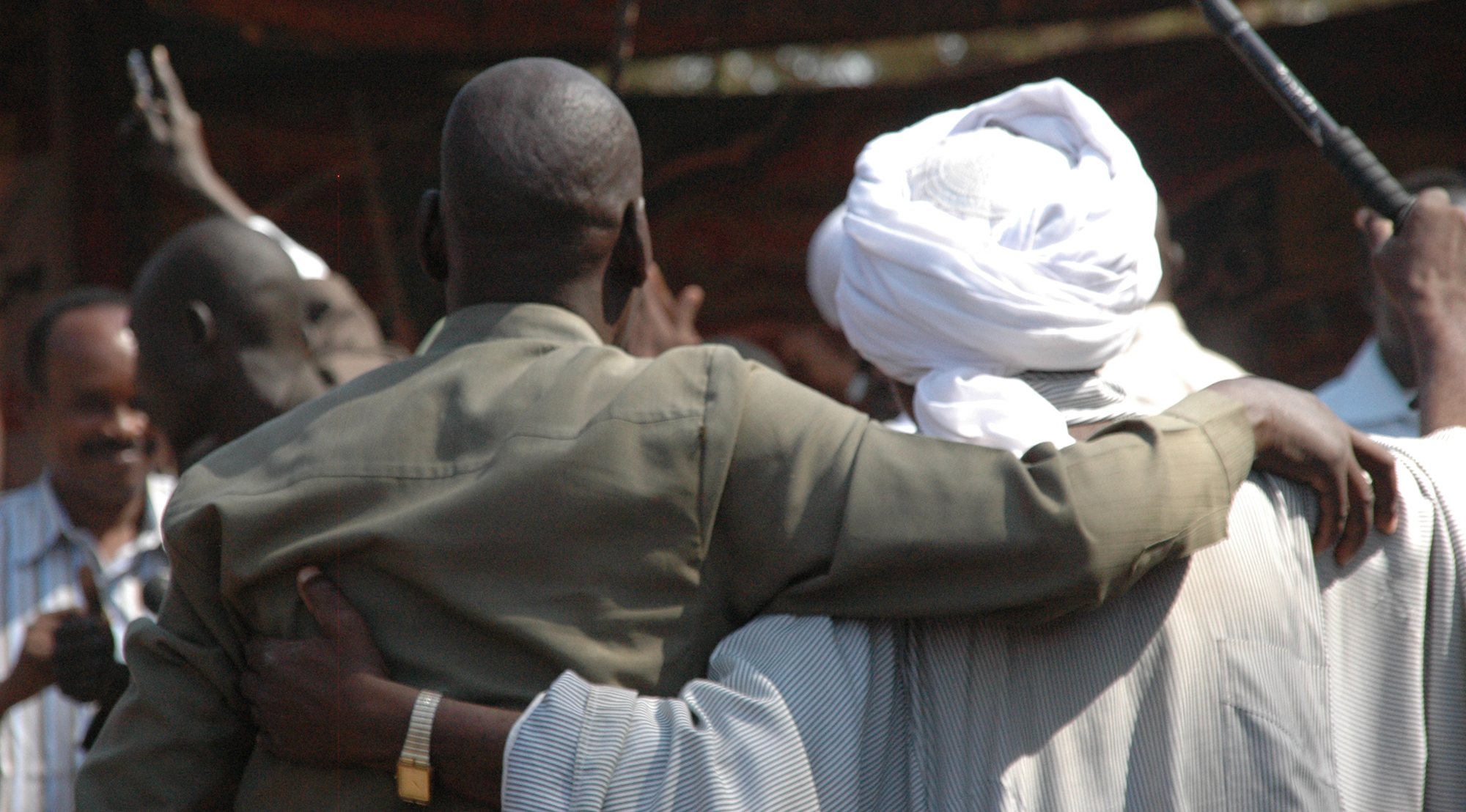After decades of civil war against the North, South Sudan celebrated its independence on the 9th of July 2011 and became the de facto newest country in the world. Ten years later, South Sudan’s record is grim, with two civil wars (2013-2015 and 2016-2018) and two peace agreements signed since its independence. There are, however, signs of hope for a more peaceful future.
The Revitalized Agreement on the Resolution of the Conflict in South Sudan (R-ARCSS) is the latest peace agreement currently being implemented. It continues to inch forward despite numerous challenges. The reasons for the delays in its implementation include deep-seated mistrust, regional interventions that did not necessarily help the process, international pressure not always administered adequately, a peace process somewhat imposed on the elites, lack of ownership of the agreement, and the fact that the region itself is in a crisis. The ceasefire between the main warring parties is largely holding, but the country continues to witness unique levels of “intercommunal” violence coupled with natural disasters (floods and droughts). An estimated number of 8.3 million people (South Sudan Humanitarian Needs Overview 2021 (January 2021) – South Sudan | ReliefWeb – 14.06.2021) is thus in need of humanitarian assistance.
The conflict has intertwining layers from the local community level to the regional and international, passing by the national and subnational. Within these layers, there are cross-cutting concerns that influence each other in countless ways. These include delimitation of internal and external borders, the proliferation of weapons and armed actors, economic hardships, competition over natural resources, ethnic-based grievances, and a lack of functioning institutions and accountability mechanisms.
In this environment, three likely scenarios can be outlined. The first being the continued selective and delayed implementation of the R-ARCSS, where only some provisions of the agreement are implemented, albeit at a slower pace than originally foreseen. The second is a violent escalation of the localized conflicts to the national level, which could be triggered by a breakdown of the patronage system and the economy’s implosion. The third and most optimistic scenario foresees the implementation of reforms and changes in the political dynamics. An increased pool of young educated and internationally connected South Sudanese, a relatively small but active civil society, women’s organizations, and business entrepreneurs are relentlessly pushing for reforms. In addition, influential members of the “older” generation are increasingly critical about how public institutions have been managed and are gradually taking stock of the legacy they will leave behind. Thus, with an alignment of factors, one can envision the implementation of substantial reforms foreseen by the Peace Agreement and the gradual, peaceful development of this beautiful nation!


